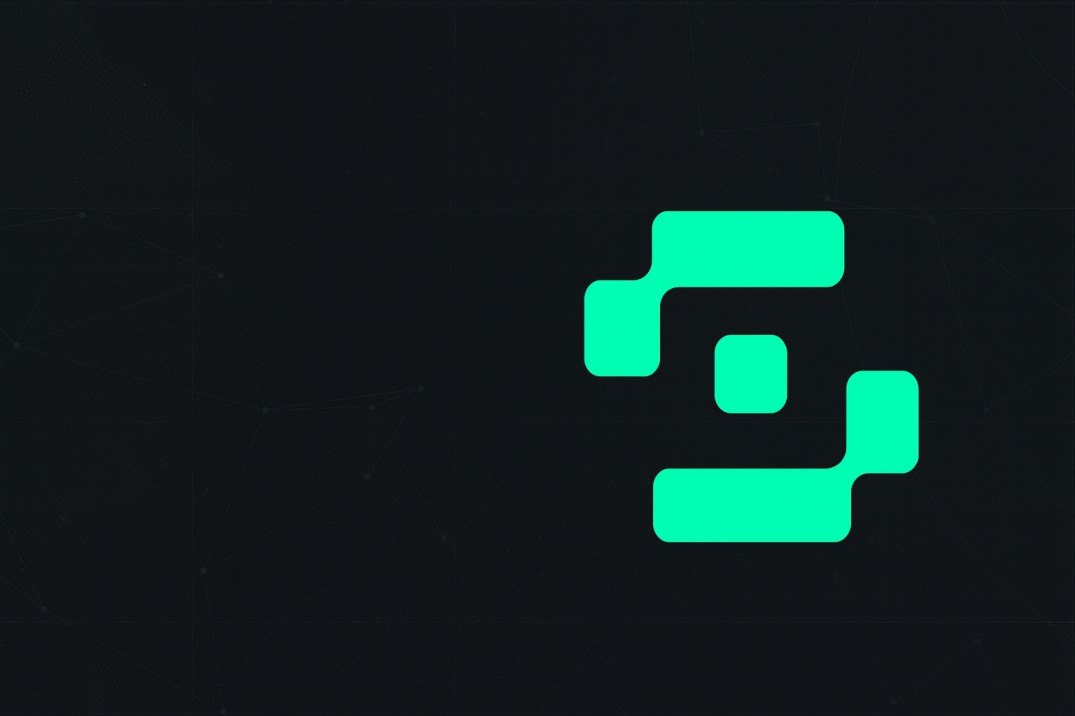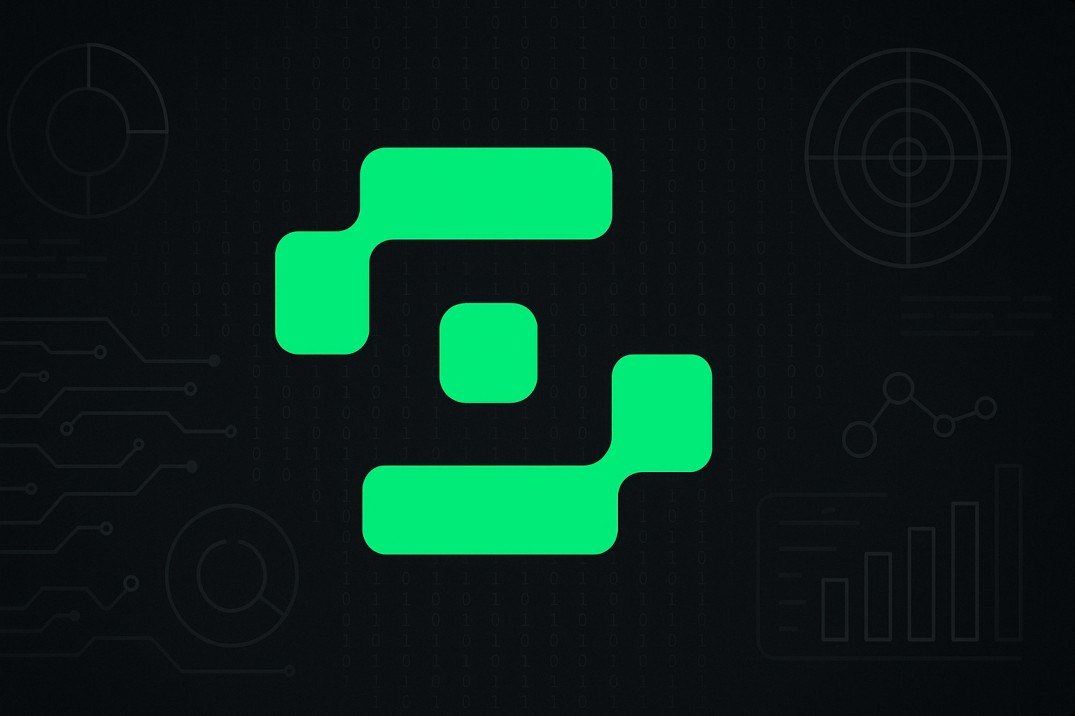TL;DR
- Safe is the core smart account platform in Web3, providing multi-sig, account abstraction, and modular tools.
- It secures $100B+ assets and runs on all major Ethereum networks.
- $SAFE governance token manages protocols, funding, and ecosystem growth; max supply is 1 billion, allocated over projects, contributors, and the DAO.
- Critical benefits: multi-sign safety, recovery and automation, gas abstraction, and batching.
- Risks include onboarding complexity, liquidity limits, governance centralization, and scaling revenue.
- Adoption spans DAOs, businesses, individuals, and infrastructure providers.
- Continued growth depends on increasing participation, merchant integrations, and ecosystem expansion.
Safe is the foundational ownership layer in Web3, securing over $100 billion in on-chain assets. It offers Safe{Core}, an account abstraction stack, and Safe{Wallet}, the industry-standard multi-signature smart wallet. The goal is to turn every Ethereum account into a smart account that supports gasless transactions, easy recovery, batch processing, and a seamless login experience.
This infrastructure supports DeFi, SocialFi, Gaming, AI, staking, and payments. Over 200 projects including Gnosis Pay, Worldcoin, Shopify, Reddit, Vitalik Buterin, and Punk6529 rely on Safe for self-custody, NFT storage, and treasury management-across 15+ networks.
Why Use Safe Accounts?
- Single-Key Risk vs. Smart Security
Typical wallets rely on one private key or seed phrase. Lose it, and your assets vanish. Safe replaces single-key risk with multi-signature security, letting you configure your own guardians and recovery options.
-
Flexible Custody
Smart accounts can be configured for different users:
- Multi-sig setups: require multiple signers for transactions
- Social login or passkeys for recovery
- Automations & spend limits built into accounts
- RecoveryHub inheritance support in case of lost access
- Gas abstraction: pay with alternative tokens or even move gas costs off your user
- Batch transactions: perform many actions in one go to save time and fees
-
Ownership Over Permission
Safe's vision is clear: move Web3 from "read-and-write" to true digital ownership-assets, identity, art-under your complete control without depending on intermediaries.
How Safe-Technically-Works

Smart Accounts on Multiple Networks
Safe deploys smart contract wallets on EVM chains like Ethereum, Arbitrum, Polygon, Optimism, Base, and Gnosis Chain. Each Safe is a smart contract that enforces the rules you set. Transactions execute only after the required approvals.
Account Abstraction
Safe supports ERC-4337 via Safe{Core} SDK, which enables:
- Meta-transactions: relayers pay gas or pay with tokens
- Social-auth: login without seed phrases
- On-ramp plugins: Fiat-to-crypto (e.g. Stripe support)
- Batch execution: group multiple steps into one contract call
- Developers can build modules and guard-level logic into smart accounts via SDK tools.
Security & Audits
Since 2018, Safe's open-source contracts have been formally verified and audited multiple times. No critical security breaches have occurred. That track record makes Safe the benchmark for smart wallet safety.
Safe in Numbers & Ecosystem
Over 49 million Safe accounts created (as of July 2025), generating 503+ million transactions. Secures more than $100 billion in assets across dozens of blockchains.
- Trusted by both individuals-like Ethereum co-founder Vitalik Buterin-and companies-like Shopify and Reddit.
- Used by over 200 projects including prominent DAOs and payment platforms.
These stats reflect a mature, widely adopted protocol.
Tokenomics: What Is $SAFE?
Purpose & Governance
$SAFE is an ERC-20 governance token powering SafeDAO, the decentralized body that governs Safe's contracts, interfaces, and ecosystem growth. It supports:
- Proposals and votes on new modules, integrations, and fees
- Participation in the Safe Activity Program, where locking SAFE boosts ecosystem rewards
- Future utility around revenue coordination, integrations, and broader ecosystem operations.
Max Supply & Distribution
Launched April 20, 2022, with a fixed supply of 1 billion SAFE tokens minted by the Safe Foundation, a non-profit steward. No further tokens will be issued.
Allocation Breakdown (approximate):
- 400M (40%) to SafeDAO treasury
- 150M (15%) to core contributors
- 50M (15%) to GnosisDAO
- 80M (8%) to strategic investors
- 70M (7%) to Safe Foundation
- 50M (5%) to guardians (via airdrop)
- 50M (5%) to users and ecosystem contributors
- 50M (5%) to joint GnosisDAO-SafeDAO treasury
Lock-up and vesting schedules extend to eight years to align long-term incentives.
Governance in Practice

SafeDAO Structure & Decision Process
SafeDAO is composed of token holders, delegates, and Safe Guardians-trusted users who represent community interests. Governance happens through on-chain voting and forums, defining resource use, protocol rules, and ecosystem actions. In late 2024, the DAO voted to introduce community-aligned fees (such as from Safe Wallet's Native Swaps) as SafeDAO's first revenue source, with proceeds converted into SAFE tokens and governed by the community.
Token Utilization
Holders can vote themselves or delegate their voting power. The Safe Activity Program helps reward active participation (e.g. development, testing, community building). Token utilities may expand as Safe's ecosystem grows.
Key Advantages
- No single point of failure-losing one key doesn't lock you out.
- Account recovery & inheritance support-you can add guardians or recovery modules.
- Sophisticated automation-modules let you schedule payments, enforce spend limits, or restrict roles.
- Gas flexibility-users pay fees in tokens or relay transactions.
- Batching-execute multiple steps in one transaction to save fees.
- Wide adoption-used by DAOs, enterprises, and individuals across multiple chains.
Challenges and Risks
Complexity for New Users
Staking, modules, login guards, and batching bring flexibility, but also complexity. Casual users may find the setup confusing. Tools need smoother onboarding paths.
Liquidity & Token Price
While $SAFE has a solid initial distribution, its price and liquidity depend on community engagement and listing. The token is relatively new and market behavior is still evolving.
Governance Centralization Concerns
Even with decentralization, early backers and institutions control large SAFE stakes. Delegation helps, but can still lead to governance power clustering.
Revenue Model Still Scaling
Community-aligned fees are new. Their impact on treasury funding and token utility remains to be tested in practice. This pilot may not scale if usage remains low.
Where Safe Is Used
- DAO Treasuries-Aave, Polygon, Open Source Collective, and others use Safe to manage collective funds securely
- Enterprise Custody-Shopify, Reddit, and others use Safe wallets for high-value assets and NFTs
- Personal Security-Individuals like Vitalik Buterin and Punk6529 use Safe{Wallet} for self-custody
- Plugins & Integrations-Fiat on-ramps, relayers, identity modules, insurance tools, gasless payment integrations, recovery systems
- DeFi and Payments-Safe Smart Accounts are used in SocialFi, staking protocols, gaming, and AI on-chain tooling
- Cross-chain Deployment-Supports Ethereum and major Layer‑2 networks, making it easier to move assets while retaining account logic and address consistency across chains. (Safe addresses can persist across chains)
Long-Term Outlook
Safe's evolution rests on two pillars, usability and active governance. If it can reduce onboarding friction and increase user participation, Safe stands to shift the standard of digital ownership in Web3.
Token-based governance, clear revenue models, and modular smart accounts put Safe in a strong position. However, its path forward depends on participation-if users delegate, vote, build modules, and pay fees, the vision of universal smart ownership could spread.
READ MORE : COTI V2’s Secret Weapon: Garbled Circuits Explained for the Web3 Era











